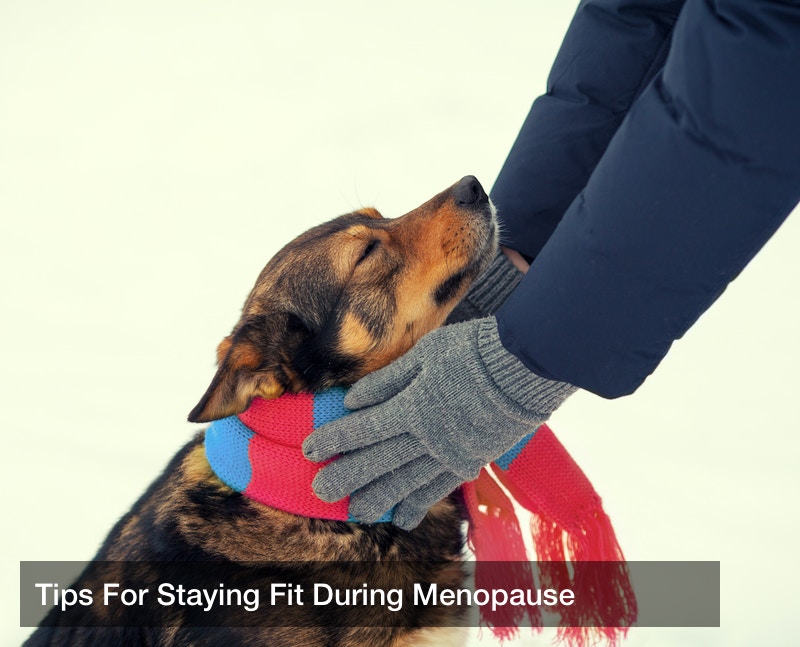
The summer of 2018 was one of the hottest — and most dangerous — on record for multiple cities and countries across the globe. The risk of heat-related syndromes (such as heat exhaustion, heat cramps, and heat stroke) increases in such environments, yet many industries and high-exertion fields have no option but to continue their operation. Is there a way to combat the dangers associated with extreme temperatures in a climate that is rapidly changing?
The evidence shown by marathon runner Alberto Salazar at the the 1984 Olympics in Los Angeles proves there is: expecting the summer games to be “oppressively” hot, Salazar was placed on a temperature acclimation training program in the months before to help him adapt to running in the heat. When his vitals were taken after the race, his hormonal and thermoregulatory systems were completely normal; thanks to the slow buildup of his training, his body was able to compensate for the heat by causing him to sweat an astounding three liters per hour (compared to the normal one liter per hour for the average human).
Both athletes and employees of outdoor industries have to work year round, regardless of the temperature or weather conditions with very few exceptions. Salazar’s successful experiment offers a safe way for both to avoid and protect themselves against the risks involved in working under the summer sun.
Let’s take construction as an example. Concrete is the most used man-made material in the world, and it is almost always used in construction. The concrete industry is worth over $37 billion and employs more than 2 million people across the country. Since peak construction occurs in the dead of summer (prices literally jump on June 1st), that leaves a lot of people open to the devastating — and possibly deadly — power of the sun.
Despite these conditions, the Operational Safety and Health Administration (OSHA) does not have a specific standard to protect workers in hot environments. While employers have a duty to protect their workers from serious hazards, no standardized rules or regulations surrounding the heat index — which is a single value that takes both temperature and humidity into account — exists.
As for athletes, training never ceases, and many sporting events occur in the summer months. Acclimatizing yourself to high temperatures can keep you safer and improve your times or weight limits; though there are more than 650 muscles in the human body, you’ll be working on your sweat glands during this training period. One article sums the change and its benefits up succinctly:
“After acclimatizing to exercise in the heat we begin to sweat earlier, we sweat more and at a faster rate, our sweat glands fatigue less and the body better distributes sweat. There’s also less sodium content in the sweat, which helps with water retention and maintaining fluid levels to prevent dehydration.”
This knowledge, accompanied by a concerted effort to apply it, can help millions of people around the world deal with struggles brought on by intense heat.



